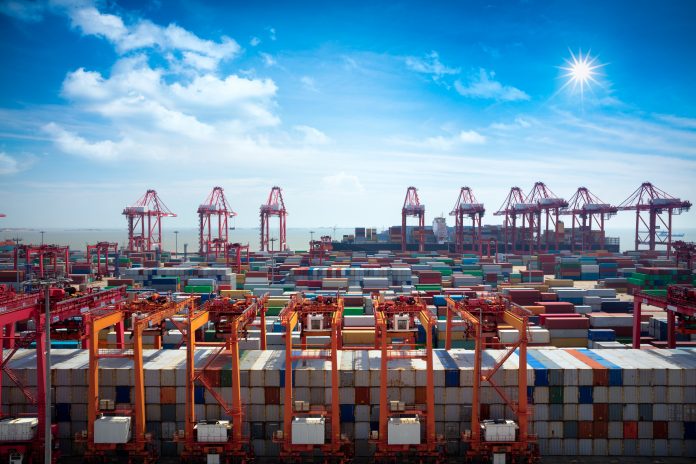Shanghai container futures trades suggest that Asia-Europe freight rates could fall further in 2025, after appearing to have peaked now.
On 5 August, the index points of the EC2408 (August contract) closed at 5,627, while the EC2410 (October contract) closed at 3,585 points, losing 3% and 9%, respectively, from 29 July. The EC2504 (April 2025 contract) stood at 1,961 points, while the EC2506 (June 2025 contract) stood at 1,955 points, down 5% and 6%, respectively, from 29 July.
On 2 August, the Shanghai Containerised Freight Index (SCFI) showed that the Shanghai-North Europe rate slipped 2% from the previous week to US$4,907/TEU, although this was substantially higher than the US$947/TEU a year ago.
Linerlytica’s report today (6 August) stated that the near-term contracts led the decline for most of last week before the longer dated contracts became caught on the US recession fears.
Containerised Freight Index Futures began trading last August through the Shanghai International Energy Exchange, a subsidiary of the Shanghai Futures Exchange. The paper trades are executed by shippers, forwarders and liner operators.
Trading volumes are shifting from EC2410 to the later contracts with EC2504 gaining the most market interest.
Linerlytica said: “Based on the EC2408 and EC2410 latest closing prices, the futures market is pricing in a 4.46% decline each week in the next three weeks to the end of August, to be followed by a 4.49% decline each week in the following nine weeks to the end of October. Rates are expected to continue to fall through 2025, with current EC2506 rates trading at a 68% discount to the SCFIS (Shanghai Containerised Freight Index based on Settled Rates). Sentiment has turned negative despite the rates holding up much better than the Asia-US West Coast and Asia-Mediterranean rates, with carriers’ rate quotations starting to drop in a further indication that rates have peaked.”
Linerlytica opined that while freight futures continue to weaken, carriers are still in a strong position as overall capacity to North Europe remains limited with the 13-week moving average still down 3.4% compared to last year despite recent new capacity additions.
Actual departures from Asia remain volatile with port congestion and weather-related delays causing significant capacity slippage.
Martina Li
Asia Correspondent







